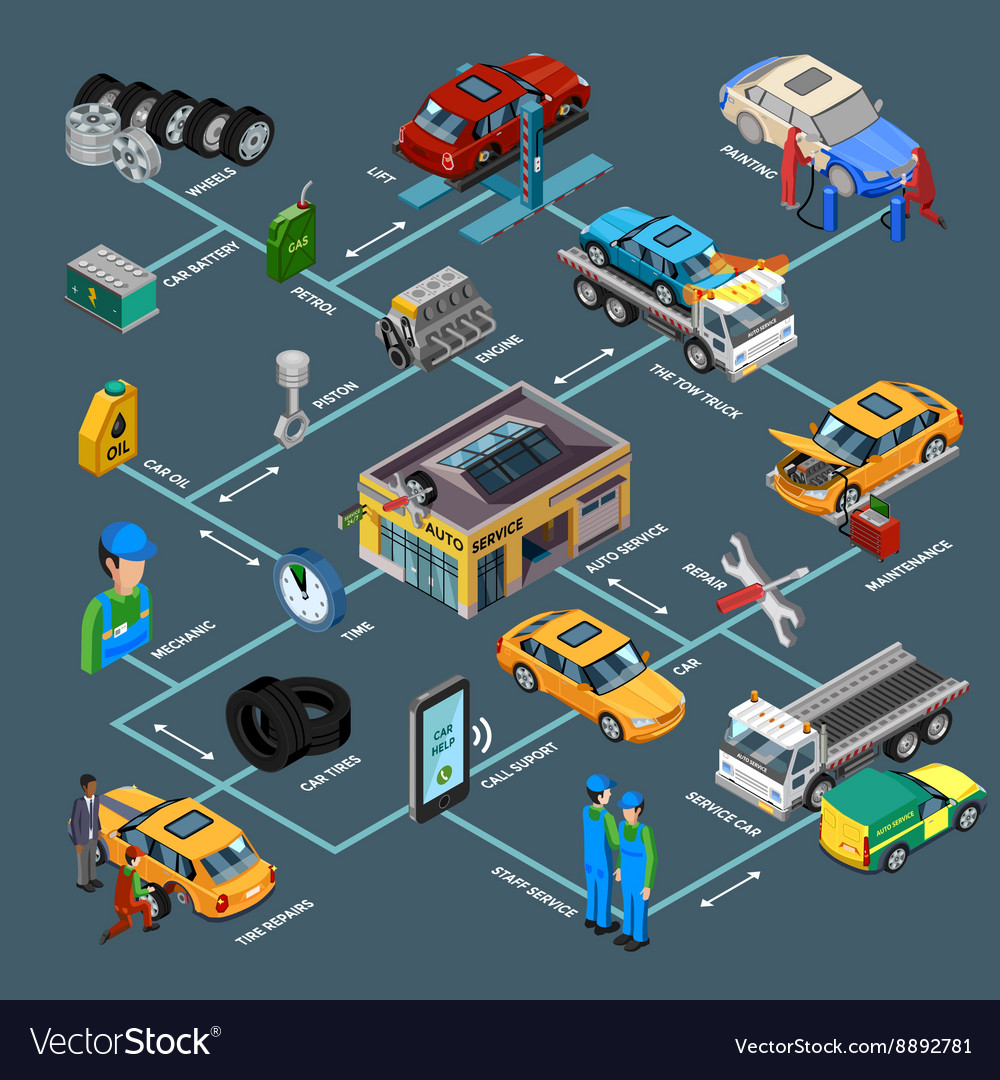Interpreting Your Auto'S Alert Lights: Their True Ramifications
Interpreting Your Auto'S Alert Lights: Their True Ramifications
Blog Article
Staff Writer-Boye Corbett
When you lag the wheel, those beautiful caution lights on your control panel can be a bit perplexing. Do you understand what they're trying to tell you about your vehicle's health? Comprehending the significance of these lights is vital for your safety and security and the longevity of your lorry. So, the following time one of those lights pops up, would not you intend to decipher its message precisely and take the essential actions to resolve it?
Common Warning Lighting and Interpretations
Recognize common caution lights in your cars and truck and comprehend their meanings to ensure safe driving.
One of the most normal warning lights include the check engine light, which indicates problems with the engine or discharges system. If this light begins, it's vital to have your car examined promptly.
The oil pressure cautioning light suggests low oil stress, needing instant attention to stop engine damages.
A blinking battery light might recommend a defective charging system, potentially leaving you stranded if not dealt with.
The tire stress tracking system (TPMS) light signals you to low tire stress, influencing automobile stability and fuel efficiency. Ignoring this could result in dangerous driving conditions.
The ABS light shows an issue with the anti-lock stopping system, compromising your ability to quit swiftly in emergencies.
Last but not least, the coolant temperature alerting light warns of engine overheating, which can result in severe damages otherwise solved promptly.
Recognizing these usual warning lights will assist you resolve issues without delay and keep risk-free driving conditions.
Relevance of Prompt Attention
Comprehending the typical warning lights in your automobile is just the initial step; the relevance of without delay dealing with these warnings can't be emphasized enough to guarantee your safety when driving.
When a warning light brightens on your control panel, it's your auto's method of communicating a possible issue that needs interest. Disregarding these cautions can lead to a lot more extreme issues down the road, jeopardizing your safety and potentially costing you a lot more out of commission.
Trigger interest to alerting lights can prevent malfunctions and mishaps. For instance, a flashing check engine light could indicate a misfire that, if left neglected, could create damages to the catalytic converter. Resolving this immediately can save you from an expensive fixing.
Likewise, a brake system cautioning light may indicate low brake fluid or worn brake pads, important components for your security when driving.
DIY Troubleshooting Tips
If you observe a warning light on your dashboard, there are a couple of DIY fixing pointers you can try prior to looking for specialist assistance.
The very first step is to consult your car's handbook to recognize what the specific warning light shows. Often https://www.wvnstv.com/automotive/spend-less-at-the-pump-with-these-fuel-saving-tips/ can be as simple as a loose gas cap triggering the check engine light. Tightening up https://chassispartscar16272.blogoxo.com/32246149/exactly-how-mobile-automobile-outlining-providers-can-save-you-money-and-time may settle the trouble.
Another usual concern is a low battery, which can cause different cautioning lights. Inspecting the battery connections for corrosion and guaranteeing they're protected may deal with the trouble.
If a warning light persists, you can try resetting it by detaching the auto's battery for a few mins and then reconnecting it. In addition, inspecting your automobile's liquid degrees, such as oil, coolant, and brake liquid, can help fix advising lights related to these systems.
Verdict
To conclude, comprehending your car's caution lights is crucial for maintaining your car running efficiently and securely. By without delay dealing with these alerts and knowing what they suggest, you can avoid pricey repairs and prospective breakdowns.
Keep in mind to consult your car's manual for certain information on each alerting light and take action as necessary to make certain a hassle-free driving experience.
Remain informed, remain safe on the road!
